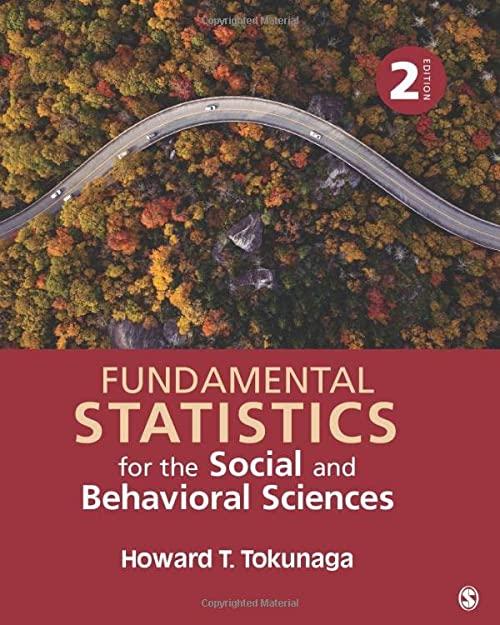Another aspect of the study in Exercise 25 examined age-related changes in children's beliefs; more specifically, the
Question:
Another aspect of the study in Exercise 25 examined age-related changes in children's beliefs; more specifically, the study hypothesized that older children were more likely to believe that the people or events in books could really exist or happen than younger children. To test this hypothesis, children who were 3, 4, or 5 years old were read four books in which people interacted with religious figures such as God. Listed below are the number of books (none, one, two or more) that each child indicated he or she believed the people or events in the book could exist or happen in real life:
Conduct the chi-square test of independence to address whether the beliefs regarding the reality of people or events in religious books depend on the age of the child.
a. Construct a contingency table and bar chart for these data.
b. State the null and alternative hypotheses \(\left(\mathrm{H}_{0}\right.\) and \(\left.\mathrm{H}_{1}\right)\).
c. Make a decision about the null hypothesis.
(1) Calculate the degrees of freedom ( \(d f\) ).
(2) Set alpha \((\alpha)\), identify the critical value, and state a decision rule.
(3) Calculate a statistic: chi-square \(\left(\chi^{2}\right)\).
(4) Make a decision whether to reject the null hypothesis.
(5) Determine the level of significance.
(6) Calculate a measure of effect size (Cramér's \(\phi\) ).
d. Draw a conclusion from the analysis.
e. Relate the result of the analysis to the research hypothesis.
Step by Step Answer:

Fundamental Statistics For The Social And Behavioral Sciences
ISBN: 9781506377476
2nd Edition
Authors: Howard T Tokunaga




